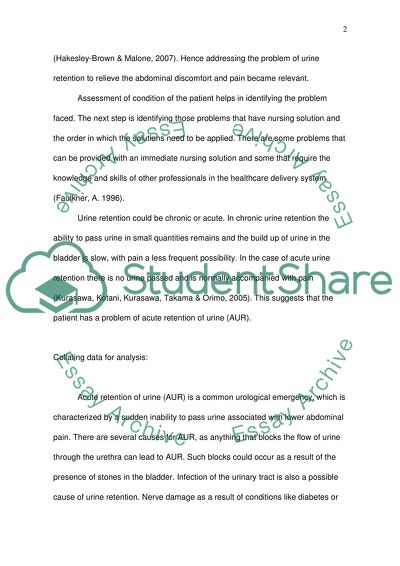Cite this document
(One Care Management Decision the Student in Practice Case Study, n.d.)
One Care Management Decision the Student in Practice Case Study. Retrieved from https://studentshare.org/health-sciences-medicine/1541393-essay-based-on-one-care-management-decision-the-student-has-made-in-practice-this-semeester
One Care Management Decision the Student in Practice Case Study. Retrieved from https://studentshare.org/health-sciences-medicine/1541393-essay-based-on-one-care-management-decision-the-student-has-made-in-practice-this-semeester
(One Care Management Decision the Student in Practice Case Study)
One Care Management Decision the Student in Practice Case Study. https://studentshare.org/health-sciences-medicine/1541393-essay-based-on-one-care-management-decision-the-student-has-made-in-practice-this-semeester.
One Care Management Decision the Student in Practice Case Study. https://studentshare.org/health-sciences-medicine/1541393-essay-based-on-one-care-management-decision-the-student-has-made-in-practice-this-semeester.
“One Care Management Decision the Student in Practice Case Study”, n.d. https://studentshare.org/health-sciences-medicine/1541393-essay-based-on-one-care-management-decision-the-student-has-made-in-practice-this-semeester.


